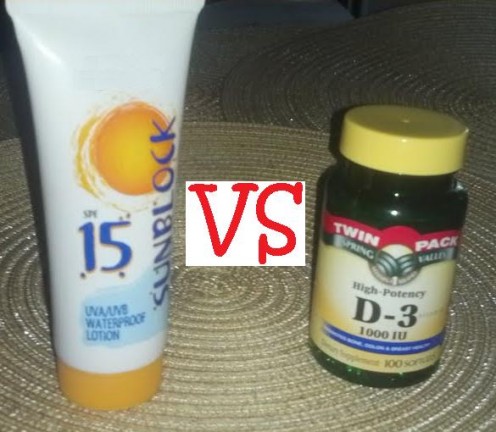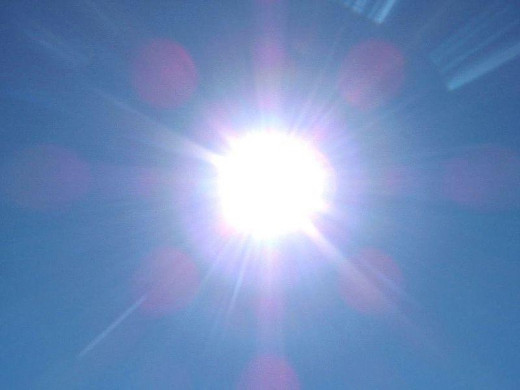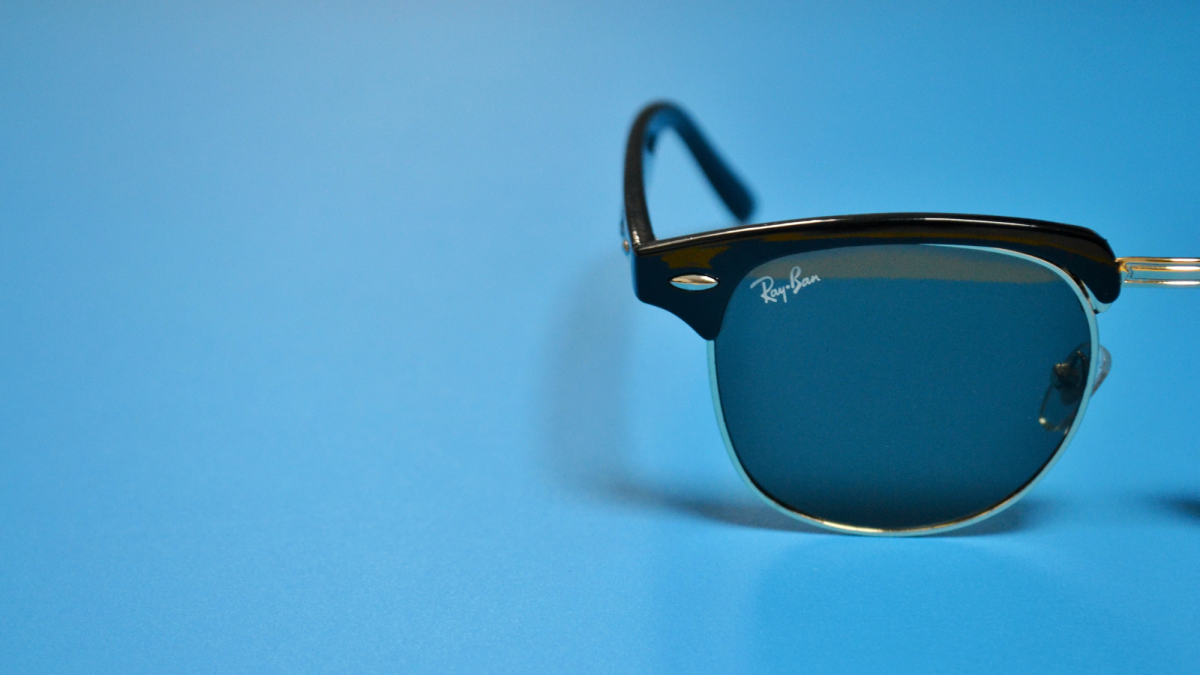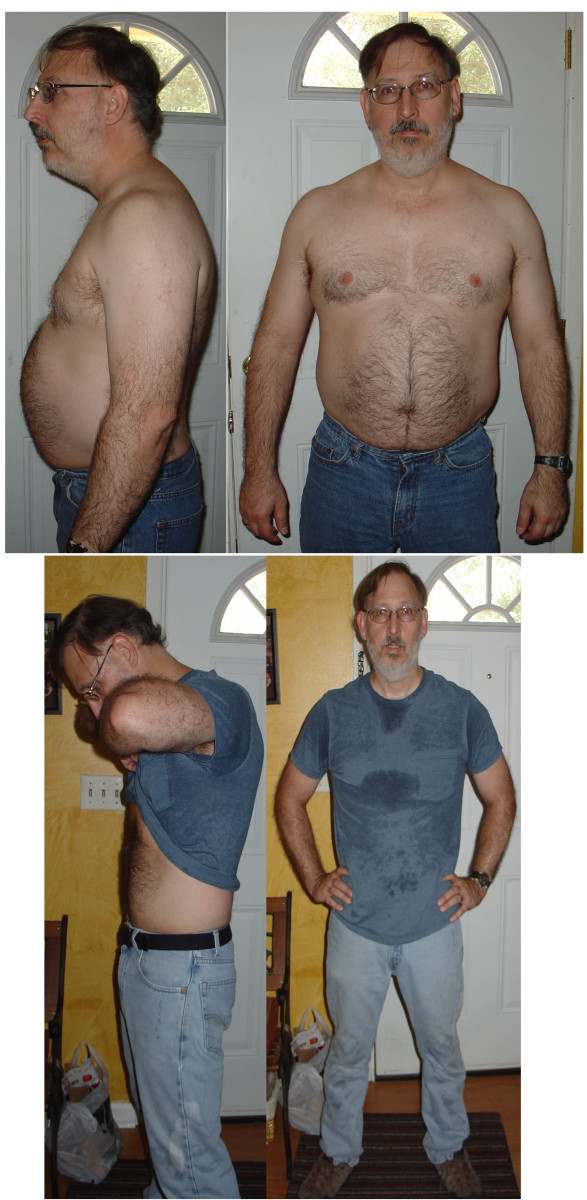A Healthy Balance Between Sun Block and Vitamin D
Disclaimer: I am not a health care professional. Please seek the advice of your doctor before you change your diet, exercise program, or any other lifestyle changes.


The Lesser of Two Evils
In the healthcare industry, professionals are encouraging people to wear sunscreen or sun block to protect their skin from the Sun’s ultraviolet rays, primarily UVA and UVB. Over exposure to the radiation is a potentially serious health risk since it could cause major damage to the skin and possible skin cancer. In addition to skin damage, UVA and UVB exposure can deplete our bodies’ cache of Folic Acid and Vitamin B.
On the other hand, we depend on the Sun for our Vitamin D which is essential for bone growth and maintenance. It seems that the attempt to eliminate one health problem caused by the Sun is in fact causing another. Studies show that many people are Vitamin D deficient. Most are unaware of the deficiency. So what is the healthiest way to handle the Vitamin D deficiency without risking severe skin damage?
Vitamin D
In America alone, it is estimated that 70% of the population are Vitamin D deficient. Fortunately, there are Vitamin D rich foods that we can consume to help supplement the loss. Fish and dairy products are wise dietary choices to add more Vitamin D to your body. Vitamin D supplements are sold in stores and online. A lack of this vitamin can contribute to a host of diseases including heart disease, diabetes, rickets, and cancer of the breasts, ovaries, and colon.
According to Planetgreen.discovery.com, “if you're fair skinned, experts say going outside for 10 minutes in the midday sun—in shorts and a tank top with no sunscreen—will give you enough radiation to produce about 10,000 international units of the vitamin. Dark-skinned individuals and the elderly also produce less vitamin D. The government's dietary recommendations are 200 IUs a day up to age 50, 400 IUs to age 70, and 600 IUs over 70.”
Sunscreen or Sun Block?
Believe it or not, sunscreen and sun block are two completely different anti-exposure treatments. Sun block is exactly what it sounds like. It literally blocks the sun’s radiation or ultraviolet rays (UVA and UVB) by using zinc oxide or titanium dioxide from reaching the skin. Sun block is non-absorbent and white in color.
Sunscreen absorbs into the skin, but still protects the skin from the radiation emitted from the sun. It works more as a reflective deterrent against the ultraviolet rays. The drawback to using sunscreen versus sun block is the need to reapply sunscreen after a few hours to continue to be protected
The Earth's Equator

Location, Location, Location
Depending on the pigment of your skin and where you live in the world can determine how damaging the Sun’s ultraviolet rays are. The closer you live to the Earth’s Equator, and the lighter your skin color, the more likely you will suffer from severe skin damage including cancer. The closer you live to the poles and the darker your skin color, the chances of severe skin damage is lessened.
This is because the Earth’s Equator is the part of the planet that is closest to the Sun. Therefore this location receives the most damaging amount of radiation. As one moves closer to the poles and away from the Sun, obviously the intensity of the Sun’s ultraviolet rays decrease.
UVA, UVB, and UVC
The ultraviolet rays the Sun emits are divided into three categories, UVA, UVB, and UVC. UVA and UVB are the culprits that damage our skin.
- UVA rays are damaging because they penetrate the skin. They cause damage deep into the inner strata of the skin. The damage caused by UVA is identified by the appearance of early aging, wrinkling, and leather like skin.
- UVB rays are shorter and cause surface damage to our skin. These rays cause what we know of as a sun burn which can be extremely painful.
- UVC rays are stopped by our Earth’s ozone layer in the atmosphere and do not reach us.
How Much Do You Know?
view quiz statisticsThank you for reading my work. I certainly hope the read was helpful. Should you have any additional questions, please contact your health care professional. Once again, thank you for your interest, and please feel free to leave a comment, suggestion or constructive criticism in the comments section below.
"Be kind to one another" ~ Ellen
God Bless You ~ Margaret Sullivan








